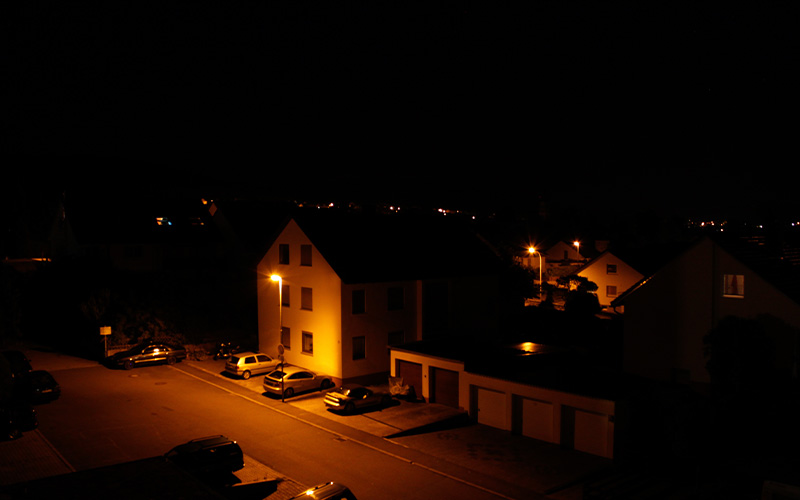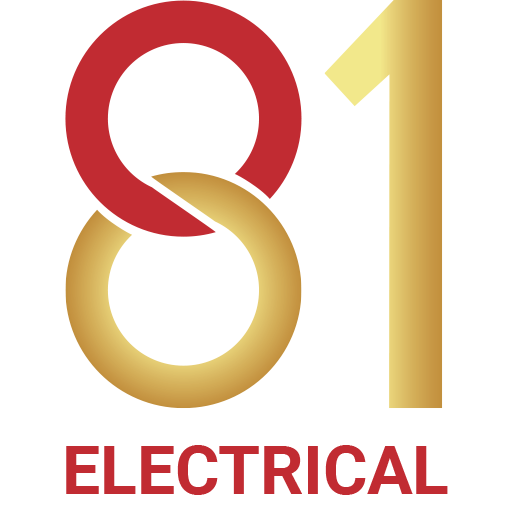Step-by-step Guide To Navigating a Power Disruption in Singapore

Electrical Outages in Singapore can be unexpected and challenging for both homeowners and businesses. Not only do they compromise the comfort and well-being of residents through interruption of essential services, but they also cause businesses to bear significant financial losses and reputational damage, due to halted production and disrupted customer service. To mitigate these issues and get things up and running as soon as possible, keep these electrical outage safety tips in mind to address the problem effectively.
Step 1: Assess the Situation Calmly
While an electrical outage is undeniably frustrating, it’s advisable to remain calm when it happens. Panicking only makes the situation more stressful and might lead to hasty decisions. Start by assessing the extent of the outage by checking if it is affecting just your home or the entire neighbourhood. Look around to see if your neighbours’ lights and appliances are working. If it’s a widespread issue, it might be due to a utility company problem, and you’ll need to wait for them to resolve the power failure.
Learn more: Insights from Professional Electricians in Singapore: Common Causes of Power Trips
Step 2: Ensure Safety
When an electrical outage occurs, ensuring safety becomes the top priority for both property and occupants. The last thing you want is to suffer personal injury or encounter property damage. Therefore, it is essential to take the right precautions for reduced risks. Here’s what you can do:
Avoid Using Candles
Using battery-operated lanterns or flashlights is a safer alternative. Although candles might seem like a convenient light source, they could pose fire risks if mishandled.

Unplug Electrical Appliances
Unplugging appliances helps prevent power surge damage when electricity is restored, saving you from costly repairs and potential hazards.
Refrain from Opening Refrigerators
To keep food from spoiling, try to limit the number of times you open the refrigerator or freezer doors.
Step 3: Check Your Circuit Breaker
Rather than main power supply issues, electrical outages are sometimes caused by tripped circuit breakers. A circuit breaker is a safety device designed to protect your electrical system from overloads and short circuits, by automatically cutting off the electrical flow when it detects a problem. Follow the circuit breaker troubleshooting guide below to check and reset your circuit breaker.
- Locate your circuit breaker panel (commonly found in a utility room or basement).
- Inspect the breakers by checking if there are any that have switched to the “off” position.
- Flip those back to the “on” position.
- If the breaker trips again after the resolution, there might be an overload or an electrical fault.
- In such cases, consult a professional electrician in Singapore for assistance.
Step 4: Use Backup Power Sources Safely
In times of electrical outages or emergencies, backup power sources can provide temporary electricity to keep your home or business running. However, improper use of these backup power solutions can pose serious risks. So, remember to prioritise backup power source safety by following these guidelines:
Operate Generators in Well-Ventilated Areas
Carbon monoxide can be dangerous if inhaled, and most generators contain this substance. Hence, use them outdoors to prevent health risks.
Follow the Manufacturer’s Instructions
Ensure you adhere to all safety instructions provided with the generator. Always consult a reputable electrical contractor in Singapore to handle any issues related to your home’s electrical system.
Avoid Connecting Generators Directly to Your Home’s Wiring
If the generator is connected directly to the home’s wiring without thorough isolation, it can cause dangerous back-feed into the power grid, posing risks to utility workers and damaging your electrical system.
Enhancing the reliability of your electrical system safeguards your well-being and property. We hope you find this detailed guide on how to handle an electrical outage useful in rectifying the issue.
How to Choose the Right Electrical Wiring Installation Service Provider
As the saying goes, “Prevention is better than cure.” Employing the right electrical wiring installation service provider reduces the likelihood of electrical outages. Here’s how to select a reliable provider:
1. Evaluate Experience and Expertise
Review the company’s portfolio of completed projects to identify if they have relevant expertise in wiring installations.
2. Assess Communication and Professionalism
Choose a responsive and transparent service provider to ensure your questions and concerns are addressed thoroughly.
3. Verify Qualifications and Licensing
Certified and qualified electricians possess the technical know-how and in-depth knowledge to perform their work responsibly. Verify their licensing to assess their compliance with safety standards.
If you’re looking for a reliable and cheap electrician in Singapore, consider reaching out to 81 Electrical. We are committed to providing expert assistance in handling power failures and other electrical problems.
